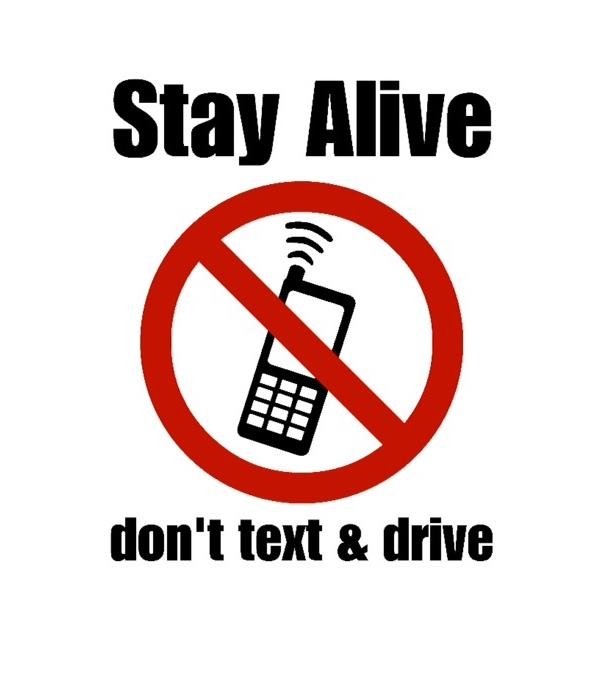Law enforcement offers tips for safe holiday driving

CASS COUNTY—With highway travel expected to pick up within the next few weeks, local law enforcement officials say that the best way to avoid a collision is to take a proactive approach.
Sylvia Jennings, Senior Trooper with the Texas Highway Patrol, said the first step is simply obeying posted speed limits and be mindful of special circumstances which might require lower speed. “Slow down in construction zones, in inclement weather and in heavy traffic,” she said.
Cass County Sheriff Dept. Chief Roy Barker said the number one key is “be attentive.” “Be especially attentive to your speed, children in the vehicle and your phone. Any of these can create a bad situation,” he said.
Barker said that the best plan is to drive defensively and pay attention to vehicles around you.
“If you are going someplace leave early. Don’t leave late because that is when you speed and become less attentive. Always plan your trip.”
“When traveling long distances, don’t allow your vehicle to get close to empty. If you get caught up in bad weather and are at a standstill for a long period of time, you will need to depend on the fuel in your vehicle to keep it running for warmth,” Jennings said. “Also pack a couple of blankets, candles, batteries for a flash light, and water and snacks. It’s important to make sure your vehicle is in good running condition to make the trip. “
Barker remind motorists to watch out for whitetail deer and feral hogs on the side of the road. “You never know when they are going to run back into the woods or across the road.”
Jennings also reminded motorists of the “Move Over Law.” The Texas Transportation Code 545.157 requires drivers nearing stopped emergency vehicles-with lights activated -to either slow down or change lanes.
The law states a driver must either vacate the lane closest to the stopped emergency vehicle if the road has multiple lanes traveling in the same direction or slow down 20 miles per hour below the speed limit. (If the speed limit is below 25 mph the driver must slow down to 5 mph.)
Emergency vehicles include police, emergency medical service and fire vehicles.
It has been suggested that texting and driving is as dangerous, if not more so than drinking and driving.
Car and Driver Magazine performed an experiment to document just how dangerous texting and driving can be, in comparison with the widely known risky activity of drunk driving.
During the experiment, cars were rigged with a red light to alert drivers when to brake. The magazine tested how long it would take to hit the brakes when sober, when legally impaired at a BAC level of .08, when reading an e-mail and when sending a text. Sober, focused drivers took an average of 0.54 seconds to brake.
For legally drunk drivers four feet needed to be added. An additional 36 feet was necessary for reading \ an e-mail, while an additional 70 feet was needed for sending a text.
- Log in to post comments







